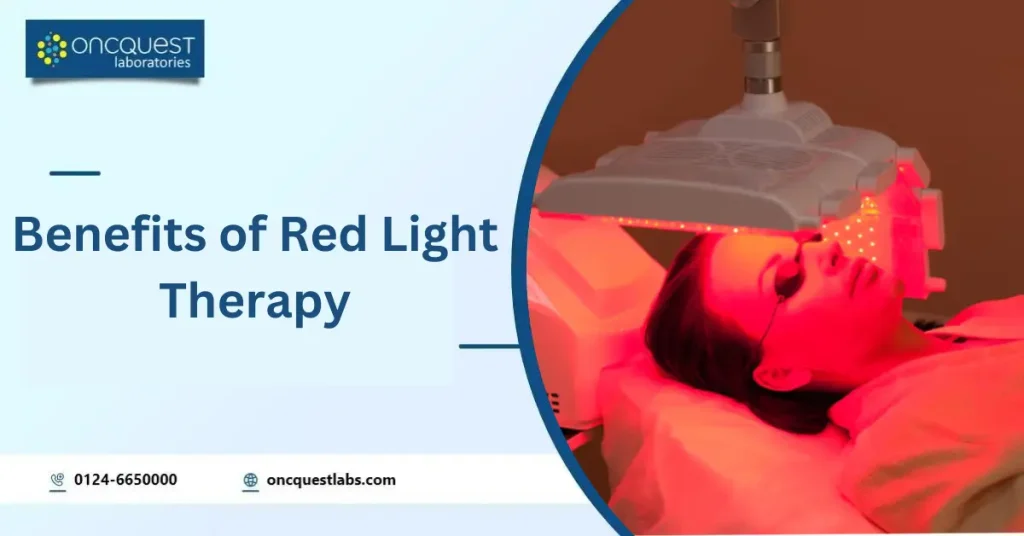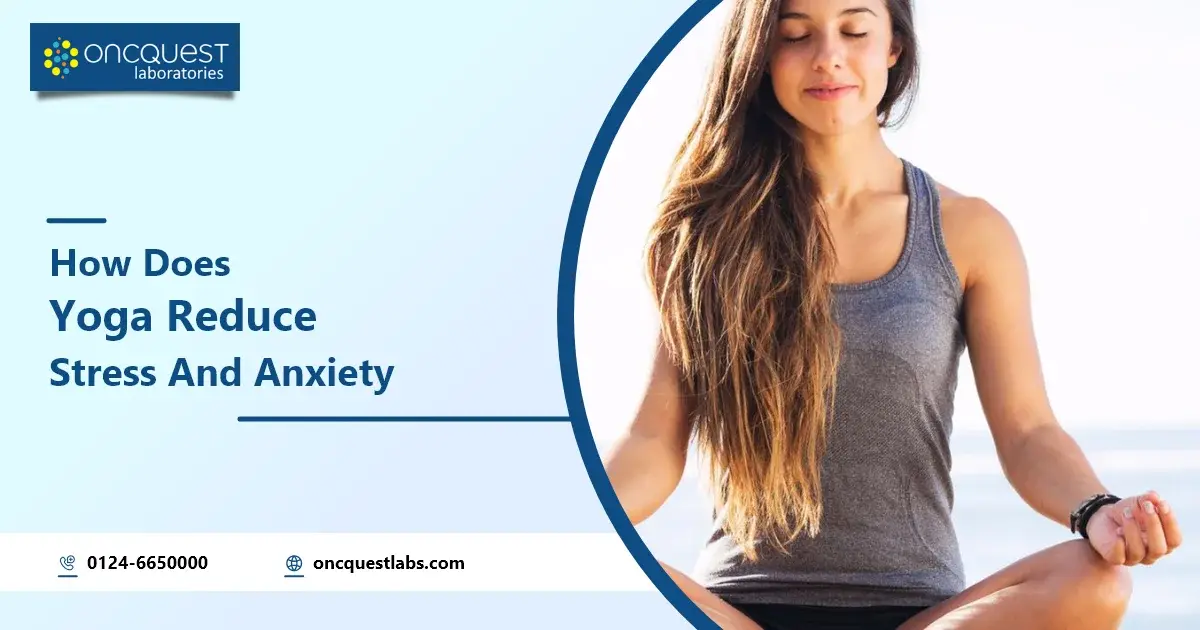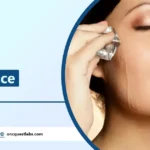Red light therapy, also known as LLLT or photobiomodulation therapy, utilizes red and near-infrared light to stimulate cellular repair and reduce inflammation. With its roots in ancient civilizations, this non-invasive treatment has gained popularity for its versatile health benefits. In this overview, we’ll explore the science behind red light therapy and its diverse applications in skin care, pain management, athletic performance, and more. Join us as we delve into the transformative potential of red light therapy for enhancing overall well-being.
Contents
Understanding the Science Behind Red Light Therapy
Red light therapy utilizes specific wavelengths of red and near-infrared light to stimulate cellular function through photobiomodulation. These wavelengths penetrate the skin, interacting with mitochondria to enhance ATP production, which fuels cellular repair and regeneration. Additionally, red light therapy reduces oxidative stress, boosts antioxidant activity, and modulates gene expression to promote tissue healing and reduce inflammation. By harnessing these mechanisms, red light therapy offers a non-invasive approach to improving skin health, accelerating wound healing, and alleviating pain.
Benefits of Red Light Therapy
Improved Skin Health
- Stimulates collagen production, reducing wrinkles and fine lines.
- Enhances skin elasticity and firmness.
- Promotes wound healing and tissue repair.
- Alleviates acne and acne scars by reducing inflammation and bacteria.
Pain Management
- Reduces inflammation and swelling in muscles and joints.
- Alleviates chronic pain conditions such as arthritis and fibromyalgia.
- Accelerates recovery from injuries and post-surgery discomfort.
- Relieves muscle soreness and stiffness after exercise.
Enhanced Athletic Performance
- Increases blood flow and oxygenation to muscles, improving endurance and performance.
- Reduces muscle fatigue and accelerates recovery between workouts.
- Helps prevent sports injuries by promoting tissue repair and reducing inflammation.
- Enhances overall athletic recovery, allowing for more frequent and intense training sessions.
Mental Health and Well-being
- Elevates mood and reduces symptoms of depression and anxiety.
- Improves sleep quality and regulates circadian rhythms.
- Boosts energy levels and reduces fatigue, enhancing overall vitality.
- Reduces symptoms of seasonal affective disorder (SAD) and improves overall mental clarity.
Hair Growth and Restoration:
- Stimulates hair follicles, promoting thicker and fuller hair growth.
- Increases blood circulation to the scalp, delivering nutrients and oxygen for healthy hair growth.
- Helps prevent hair loss and thinning by strengthening hair follicles.
- Improves scalp health, reducing dandruff and itchiness.
Eye Health:
- Protects against age-related macular degeneration (AMD) by improving retinal function.
- Reduces eye strain and fatigue caused by prolonged screen time or reading.
- Supports overall eye health and may help alleviate symptoms of conditions like dry eye syndrome.
- Enhances visual acuity and contrast sensitivity, particularly in low-light conditions.
Weight Management and Metabolism:
- Supports healthy metabolic function by improving mitochondrial activity.
- Aids in weight loss efforts by promoting fat metabolism and reducing adipose tissue.
- Reduces the appearance of cellulite by improving skin texture and elasticity.
- Supports overall metabolic health and may help regulate appetite and cravings.
Immune Function:
- Stimulates immune response, enhancing the body’s ability to fight off infections and illnesses.
- Reduces oxidative stress and inflammation, which are associated with compromised immune function.
- Supports overall immune health and resilience, particularly during times of stress or illness.
- May help reduce the severity and duration of colds and flu by boosting immune function.
Risk of Red Light Therapy
Eye Damage
- Direct exposure of the eyes to red light therapy devices can potentially cause damage to the retina.
- Without proper eye protection, there is a risk of developing eye-related issues such as retinal damage or macular degeneration.
Skin Burns
- Prolonged or improper use of red light therapy devices can lead to skin burns, particularly in individuals with sensitive skin or those using high-intensity devices.
- Failure to follow recommended guidelines for treatment duration and distance from the skin can increase the risk of burns.
Skin Irritation
- Some individuals may experience skin irritation or allergic reactions in response to red light therapy.
- Pre-existing skin conditions or sensitivity to light may exacerbate these reactions, necessitating caution and consultation with a healthcare professional.
Overuse Side Effects
- Excessive or prolonged exposure to red light therapy may result in adverse side effects such as dryness, itching, or redness of the skin.
- Using red light therapy beyond recommended durations or frequencies can overload the body’s repair mechanisms and lead to unintended consequences.
Interference with Medical Devices:
- Certain medical devices, such as pacemakers or implantable defibrillators, may be susceptible to interference from red light therapy devices.
- Individuals with such devices should exercise caution and consult with their healthcare provider before using red light therapy to avoid potential complications.
Is Red Light Therapy Dangerous?
Red light therapy is generally considered safe, but improper use can pose risks. Direct exposure to the eyes may cause damage, leading to retinal issues. Prolonged or high-intensity sessions can result in skin burns or irritation, especially in sensitive individuals. Lack of regulation in the industry raises concerns about device quality and efficacy. While red light therapy offers potential benefits, caution and proper adherence to guidelines are essential to minimize the risk of adverse effects.
Where to Get Red Light Therapy?
Wellness Centers and Spas: Many wellness centers and spas offer red light therapy as part of their service offerings, providing convenient access to professionally administered treatments in a relaxing environment.
Chiropractic Clinics: Chiropractic clinics often incorporate red light therapy into their treatment protocols for pain management, injury rehabilitation, and overall wellness, making them a viable option for those seeking chiropractic care.
Physical Therapy Centers: Physical therapy centers may utilize red light therapy as a complementary treatment modality to accelerate recovery from injuries, reduce pain and inflammation, and improve mobility and function.
Conclusion
Red light therapy holds significant promise as a non-invasive and versatile treatment modality with a wide range of potential health benefits. From promoting wound healing and reducing pain to improving skin health and enhancing overall well-being, the applications of red light therapy are diverse and promising. However, it’s essential to approach red light therapy with caution, considering factors such as proper usage, safety precautions, and individual health needs. By understanding the science behind red light therapy and working with qualified healthcare professionals, individuals can harness its transformative potential to improve their quality of life and promote holistic wellness.
Frequently Asked Questions
1. Is red light therapy safe for everyone?
Red light therapy is generally considered safe for most people when used appropriately. However, individuals with certain medical conditions or sensitivities may need to exercise caution or consult with a healthcare professional before beginning treatment.
2. How soon can I expect to see results from red light therapy?
The timing of results can vary depending on the individual and the specific condition being treated. Some people may experience noticeable improvements after just a few sessions, while others may require more time to see significant changes.
3. Can I use red light therapy in conjunction with other treatments?
Yes, red light therapy can often be used alongside other treatments and therapies. However, it’s essential to consult with your healthcare provider to ensure compatibility and avoid any potential interactions.
4. Are there any contraindications or conditions where red light therapy should be avoided?
While red light therapy is generally safe, there are some contraindications to consider, such as pregnancy, certain eye conditions, and active cancerous lesions. Individuals with these conditions should consult with a healthcare professional before undergoing red light therapy.





